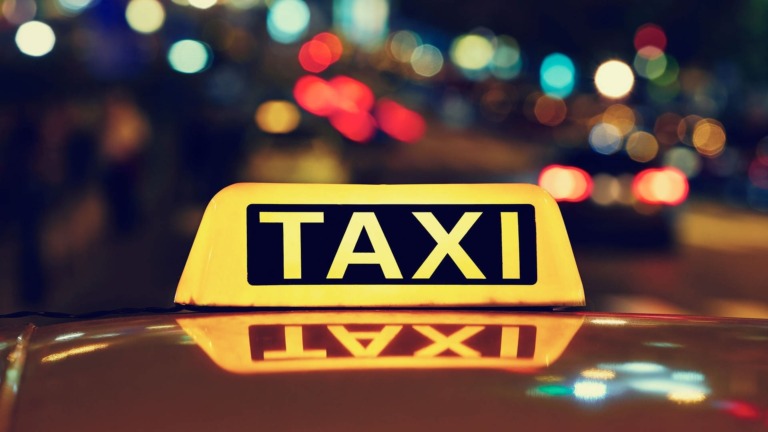Do Taxis Take Cards

Strong 8k brings an ultra-HD IPTV experience to your living room and your pocket.
Catching a taxi can be a convenient way to get around, whether you're navigating a bustling city or heading home after a late night. However, the question of payment often arises as you reach your destination: "Do Taxis Take Cards?" This seemingly simple query can be a source of anxiety for passengers who prefer or need to pay with a debit or credit card. Let's delve into the current state of card payments in taxis and explore the factors influencing their acceptance.
The Rise of Card Payments
Gone are the days when cash was the undisputed king of taxi fares. The increasing prevalence of card usage in everyday transactions has inevitably extended to the transportation sector. Several factors have driven this shift. Firstly, passengers are carrying less cash. The convenience of paying with a tap or swipe is preferred by many, reducing the need to visit ATMs and handle physical currency. Secondly, for business travelers, card payments offer a streamlined way to track expenses and generate reports. Finally, from a safety perspective, both drivers and passengers benefit from reducing the amount of cash being carried.
Regional Variations and Regulations
While the trend leans towards card acceptance, it's crucial to understand that the prevalence can vary significantly depending on the region and local regulations. In many major cities across Europe, North America, and Australia, card payment systems are now standard in a large percentage of taxis. Regulatory bodies in these areas have often mandated or strongly encouraged card payment options to enhance passenger convenience and transparency.
However, in smaller towns or less economically developed regions, cash might still be the dominant or even the only accepted form of payment. It's also worth noting that even within a city where card acceptance is common, individual drivers might occasionally have technical issues with their payment terminals or prefer cash for various reasons.
Identifying Card Accepting Taxis
So, how can you determine if a taxi will accept card payments before you hop in? Here are a few indicators:
Prominent Signage
Many taxis that accept cards will display stickers or signs on their windows or inside the vehicle indicating the types of cards they accept (e.g., Visa, Mastercard, American Express). Look for these visual cues before starting your journey.
Payment Terminals
A visible card payment terminal within the taxi is a strong indication that card payments are accepted. These terminals are usually mounted on the dashboard or in the passenger area.
Asking the Driver
The most direct way to confirm is to simply ask the driver before you begin your trip. A quick "Do you accept card payments?" can save you potential awkwardness at the end of your ride.
Ride Hailing Apps
If you're using a ride-hailing app, the payment method is usually selected within the app before you even book your ride. This eliminates any uncertainty about card acceptance.
Potential Challenges and Considerations
Despite the increasing adoption of card payments, some challenges and considerations remain:
Technical Issues
Like any electronic system, card payment terminals can experience technical glitches, such as connectivity problems or malfunctions. In such cases, the driver might request cash payment.
Minimum Fares
Occasionally, a taxi might have a minimum fare for card payments to cover transaction fees. It's always good to be aware of this possibility.
Network Connectivity
In areas with poor mobile network connectivity, processing card payments might be slow or unreliable.
Driver Preference
While less common now, some individual drivers might still prefer cash for personal reasons.
Conclusion
The landscape of taxi payments is evolving, with card acceptance becoming increasingly widespread. While major urban areas generally boast a high percentage of taxis equipped for card payments, it's essential to remain aware of regional variations and potential technical limitations. By looking for signage, observing the presence of a payment terminal, or simply asking the driver, passengers can confidently navigate the payment process and enjoy a smoother, more convenient taxi experience. As technology continues to advance and passenger expectations shift, the reliance on cash in taxis is likely to diminish further, paving the way for a more digitally integrated transportation system.
Note: IndiBlogHub features both user-submitted and editorial content. We do not verify third-party contributions. Read our Disclaimer and Privacy Policyfor details.



